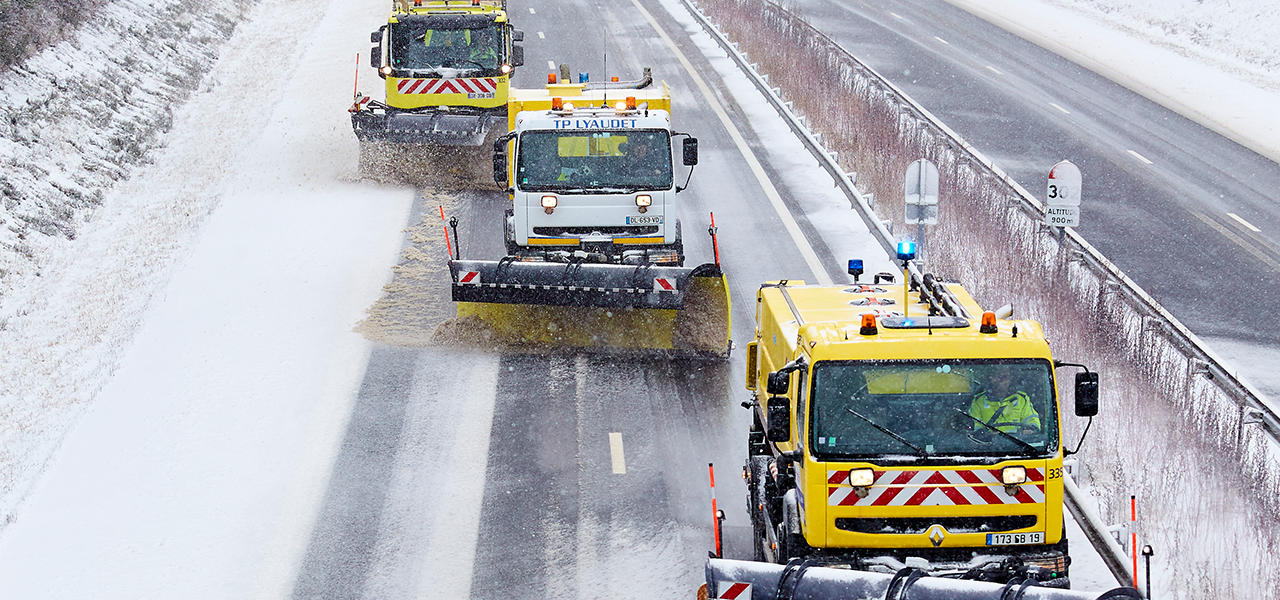
Urban transportation systems were designed to be efficient under normal conditions and not under exceptional circumstances, or so goes the conclusion lamented by the authors of the article Resilience and efficiency in transportation networks that was recently published in the journal Science Advances. They recommend that when a city designs its road network, a traffic pattern model should be simulated under disruptive events beforehand. That way, cities would improve their general efficiency and become more resilient. Basically, they’ll be more capable of recovering from a disruption, returning to normal conditions.
A city’s system should be able to respond to all such events labelled as “disruptive”, from unexpected weather conditions (heavy rain, floods, hurricanes, snow storms etc.) to major traffic accidents, or, more generally, disruptive events that are hard to predict. Out of the 40 U.S cities studied, only a small minority were capable of adapting to such events. This discovery was made by simulating a crisis, recording the effect on local traffic after cutting off 5% of road links. In San Francisco, such a “disruption” quickly unleashed a 56% increase in congestion. All it takes is a gentle dose of rain to substantially affect the road traffic in the City by the Bay…
Meanwhile, Los Angeles reveals a whole different case. Just like San Francisco, the city’s road network is deemed rather inefficient under normal conditions, with traffic jams and delays common. However, unlike its Californian neighbor, L.A. adapts really well to crises, with congestion only increasing by 9.5% in the event of disruption. Such a difference can be explained by the almost total absence of secondary roads in San Francisco. Furthermore, the latter pays for its huge dependence on the numerous bridges that ensure residents can get to work in other Bay Area cities. Other places, like Jacksonville in Florida, have a network that functions very well under normal operating conditions, but “rapidly becomes snarled under mild stress”. This is symptomatic of urban planning designed with norms in mind, neglecting the unexpected.
Resilience is no longer the “blind spot” of urban planning, but it’s only a recent realization connected to climate change issues. It’s an absolute must when designing urban infrastructure, and cities need more analytical tools and data (and in particular, open data) to help them. As suggested by the World Bank and its dedicated program, cities must also go out and find investment and technical expertise. It’s still a long road to controlling the unpredictable rather than predicting it.